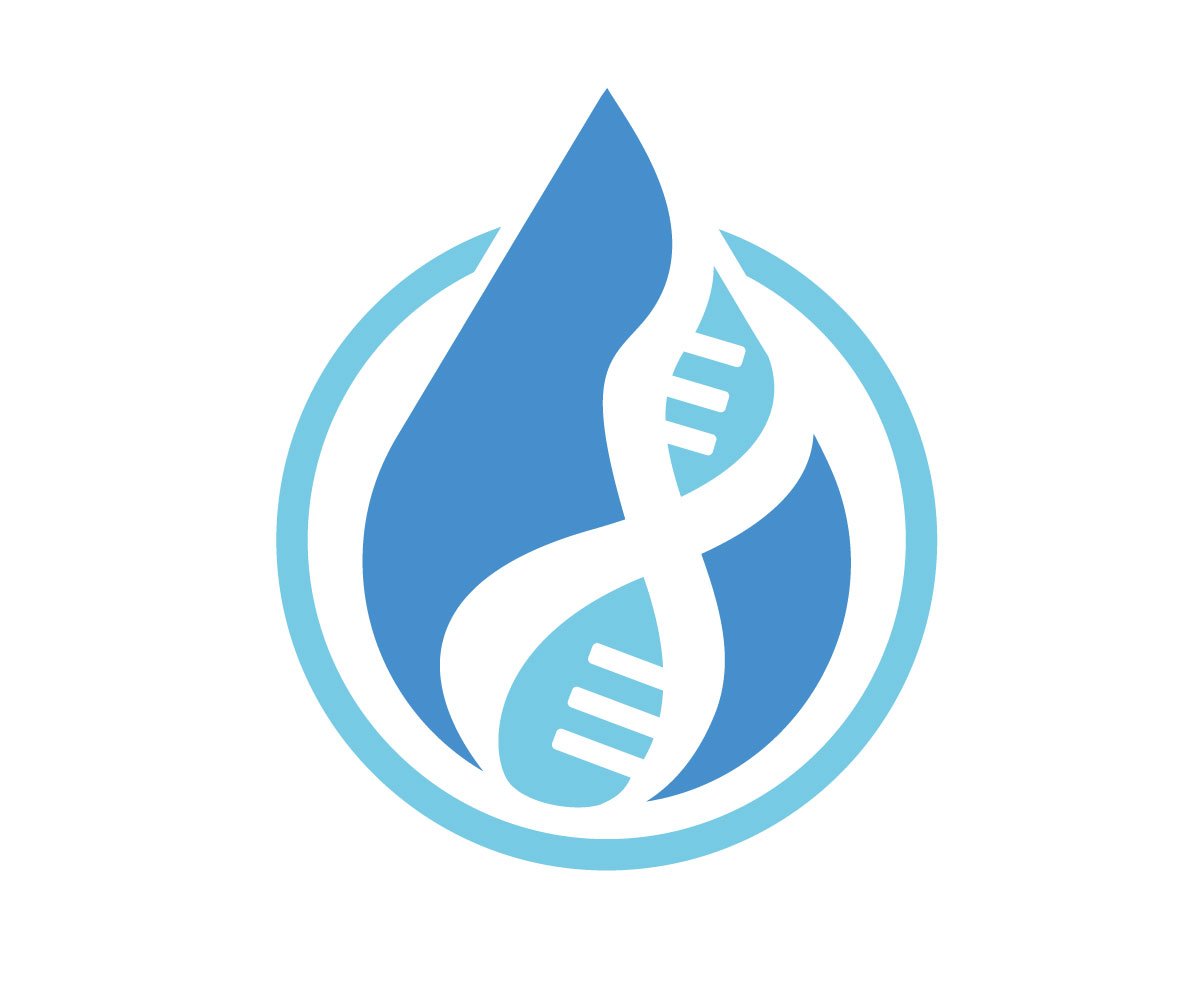This is VUS
Adoption affects access to information about a person's history, most significantly for the person who was adopted. As this post reveals, it can also affect the parents who have adopted a child with complex medical needs and no clear underlying cause.
Sign up to read this post
Join Now

